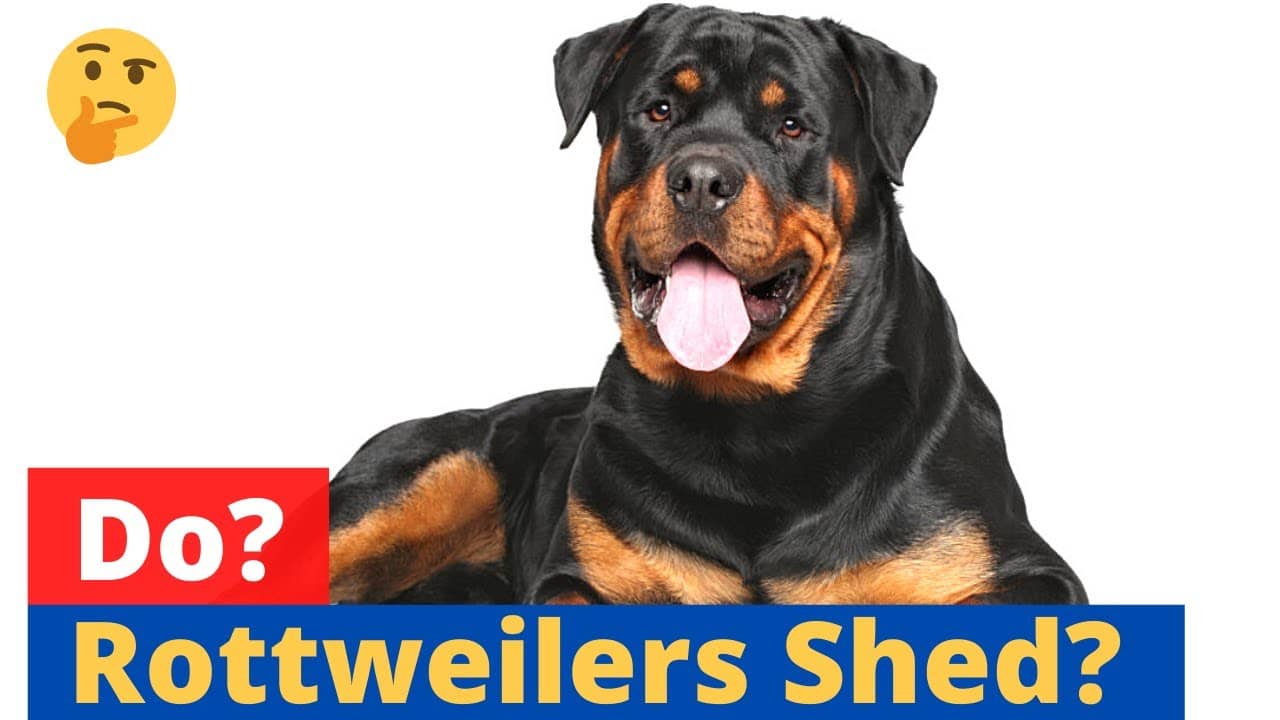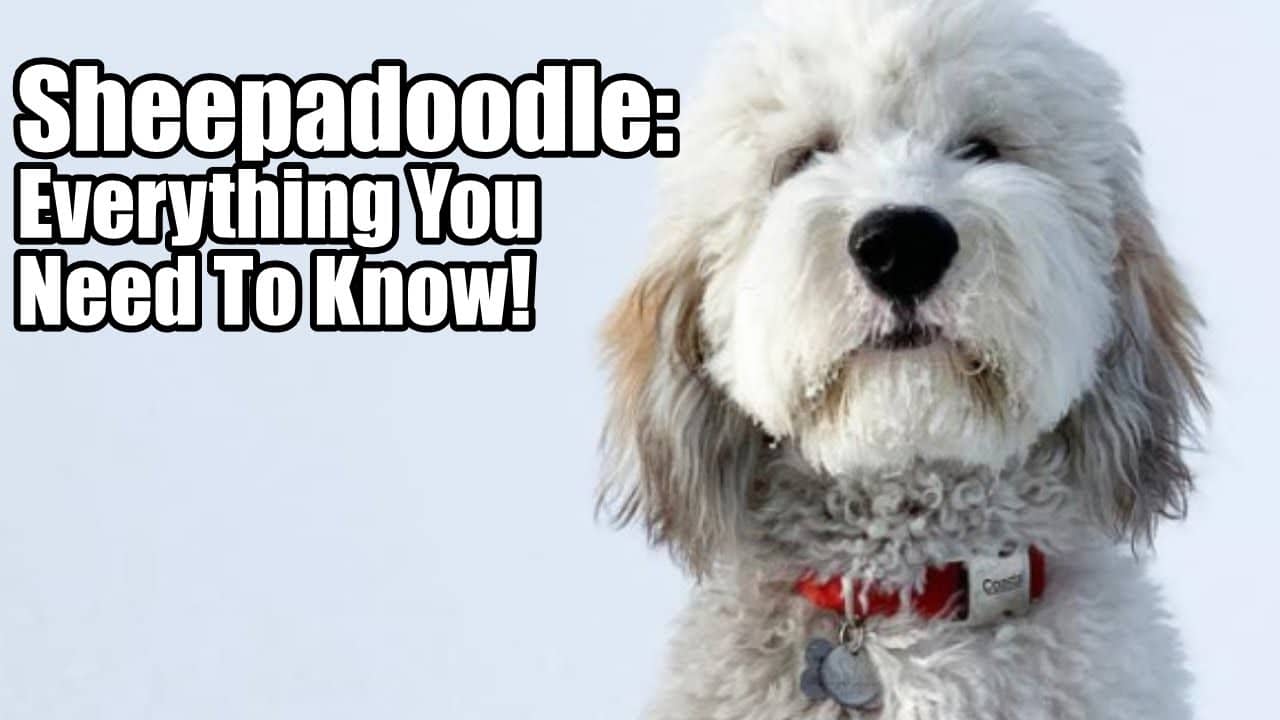Rottweiler Shedding: Why Do Rottweilers Shed?
Do Rottweilers Shed? If you’re a proud owner of a Rottweiler, you may have noticed that shedding is a common occurrence in this lovable breed. But have you ever wondered why Rottweilers shed so much? In this article, we’ll explore the reasons behind their shedding and provide you with some practical tips to help manage this natural process. So, if you’re ready to learn more about the shedding habits of Rottweilers and how to keep your home fur-free, keep reading!

Causes of Shedding
Shedding is a natural and normal process for dogs, including Rottweilers. There are several factors that contribute to why Rottweilers shed, including the normal shedding cycle, weather and seasonal changes, breed characteristics, hormonal changes, and health issues. By understanding these causes, Rottweiler owners can better manage and minimize shedding.
Normal Shedding Cycle
The normal shedding cycle of a Rottweiler consists of three phases: the anagen phase, catagen phase, and telogen phase. During the anagen phase, the hair grows actively, while the catagen phase is a transitional phase where the hair stops growing. Finally, in the telogen phase, the old hair falls out to make room for new hair growth.
The rate of shedding varies among individual Rottweilers, and factors like age, health, and genetics can influence the duration of each phase. On average, Rottweilers have a shedding cycle that lasts about three to six weeks.
Weather and Seasonal Changes
Weather and seasonal changes can also impact a Rottweiler’s shedding patterns. Temperature and humidity levels can affect the thickness of the coat and trigger shedding. Rottweilers tend to shed more in the spring and fall as they transition between their winter and summer coats.
Daylight hours also play a role in shedding. Rottweilers, like many other animals, have a natural instinctual response to changes in daylight duration. As the days become shorter in the fall, Rottweilers may shed their summer coat to prepare for the colder winter months. Conversely, as days lengthen in the spring, they shed their winter coat to adapt to warmer temperatures.
Breed Characteristics
Certain breed characteristics contribute to Rottweilers shedding more compared to other breeds. Rottweilers have a double coat, consisting of a topcoat (guard coat) and an undercoat. The guard coat is the outer layer that protects against weather conditions, while the undercoat provides insulation.
The density and length of a Rottweiler’s coat can vary. Rottweilers with longer hair or a thicker undercoat may shed more. Additionally, genetics play a significant role in shedding patterns. If a Rottweiler comes from a lineage with heavy shedders, it is likely to shed more as well.

Hormonal Changes
Hormonal changes throughout a Rottweiler’s life can trigger shedding. Females may experience shedding during pregnancy and after giving birth due to hormonal fluctuations. Similarly, intact males and females may shed more during their heat cycles.
Spaying or neutering a Rottweiler can also affect shedding patterns. After spaying or neutering, hormonal changes occur, and some Rottweilers may experience an increase or decrease in shedding. Age-related hormonal changes, such as those seen in older Rottweilers, can also impact shedding.
Health Issues
Health issues can contribute to excessive shedding in Rottweilers. Allergies, whether they are environmental or food-related, can cause skin irritation and trigger excessive shedding. Parasites such as fleas, ticks, or mites can also lead to skin irritations and hair loss.
Dietary imbalances and deficiencies can affect a Rottweiler’s overall health, including their coat. A lack of essential nutrients can lead to poor coat condition and increased shedding. Additionally, underlying health conditions such as thyroid disorders or autoimmune diseases can affect coat health and lead to excessive shedding.
Managing Rottweiler Shedding
While shedding is a normal part of owning a Rottweiler, there are ways to manage and minimize it. Regular brushing is essential to remove loose hair and prevent it from accumulating in the home. Using a deshedding tool or brush specifically designed for Rottweiler coats can be particularly effective.
Bathing and grooming also play a role in managing shedding. Regular baths help keep the coat and skin clean, reducing the risk of irritation and excessive shedding. However, it is crucial to use dog-specific shampoos and avoid over-bathing, as it can strip the coat of natural oils and lead to dry skin.
Proper hydration and a balanced diet are vital components of a healthy coat. Ensuring your Rottweiler has access to fresh water at all times will keep their skin and coat hydrated. Additionally, feeding high-quality dog food that provides essential nutrients, including omega-3 fatty acids and vitamins, can help maintain a healthy coat.
Supplements and vitamins formulated for skin and coat health can also be beneficial. Omega-3 fatty acids, such as fish oil, can reduce inflammation and improve the quality of a Rottweiler’s coat. However, it is essential to consult with a veterinarian before introducing any new supplements or vitamins into your Rottweiler’s diet.
Regular health check-ups are another crucial aspect of managing shedding. A veterinarian can help identify any underlying health issues that may be contributing to excessive shedding. They can also provide guidance on managing shedding based on your Rottweiler’s specific needs.
When in doubt, it is always best to consult a professional. A veterinarian or professional groomer can provide personalized advice and recommendations based on your Rottweiler’s shedding patterns and individual needs.
Tips for Minimizing Shedding
In addition to managing shedding, there are various strategies that can help minimize it. Frequent brushing, ideally on a daily basis, can significantly reduce loose hair and prevent it from spreading throughout the home. Using a brush specifically designed to remove loose hair and undercoat can be particularly effective.
Proper bathing techniques can also minimize shedding. Use lukewarm water and a dog-specific shampoo, gently massaging it into the coat to remove any build-up or debris. Rinse thoroughly to ensure no shampoo residue remains on the skin, which can cause irritation and potentially contribute to shedding.
Dietary considerations can make a difference in a Rottweiler’s shedding patterns. A balanced diet that includes high-quality protein, healthy fats, and essential vitamins and minerals can support a healthy coat. Consult with a veterinarian to determine the best diet for your Rottweiler’s specific needs.
Regular exercise is not only important for a Rottweiler’s overall health but can also help minimize shedding. Physical activity promotes good circulation and stimulates the natural shedding process. Additionally, increased activity can reduce stress levels, which can contribute to excessive shedding.
Maintaining a clean environment is crucial when managing shedding. Regularly vacuuming and sweeping can help remove loose hair from your home. Using lint rollers or pet-specific hair removal tools on furniture and clothing can also help keep your surroundings hair-free.
When to Seek Professional Help
While shedding is a natural occurrence, there are instances where professional help may be necessary. Excessive shedding that goes beyond the normal shedding cycle might be a sign of an underlying issue. If you notice your Rottweiler shedding excessively or in unusual patterns, it is recommended to seek veterinary assistance.
Persistent skin issues, such as redness, sores, or itching, should not be ignored. These can indicate allergies, infections, or other skin conditions that require professional treatment. Any changes in appetite or behavior alongside excessive shedding should also be addressed by a veterinarian.
By being proactive and attentive to your Rottweiler’s shedding patterns and overall health, you can ensure they are as comfortable and healthy as possible.
Conclusion
Shedding is a natural process for Rottweilers, influenced by factors such as the normal shedding cycle, weather and seasonal changes, breed characteristics, hormonal changes, and health issues. Understanding these causes empowers Rottweiler owners to effectively manage and minimize shedding. Regular grooming, a balanced diet, proper hydration, and regular check-ups are all essential components of shedding management. Additionally, taking appropriate measures to minimize shedding, such as frequent brushing and maintaining a clean environment, can help keep your Rottweiler and home free from excessive hair. Remember, if you have any concerns about your Rottweiler’s shedding patterns, it is always best to consult with a veterinarian or professional groomer for personalized advice.











